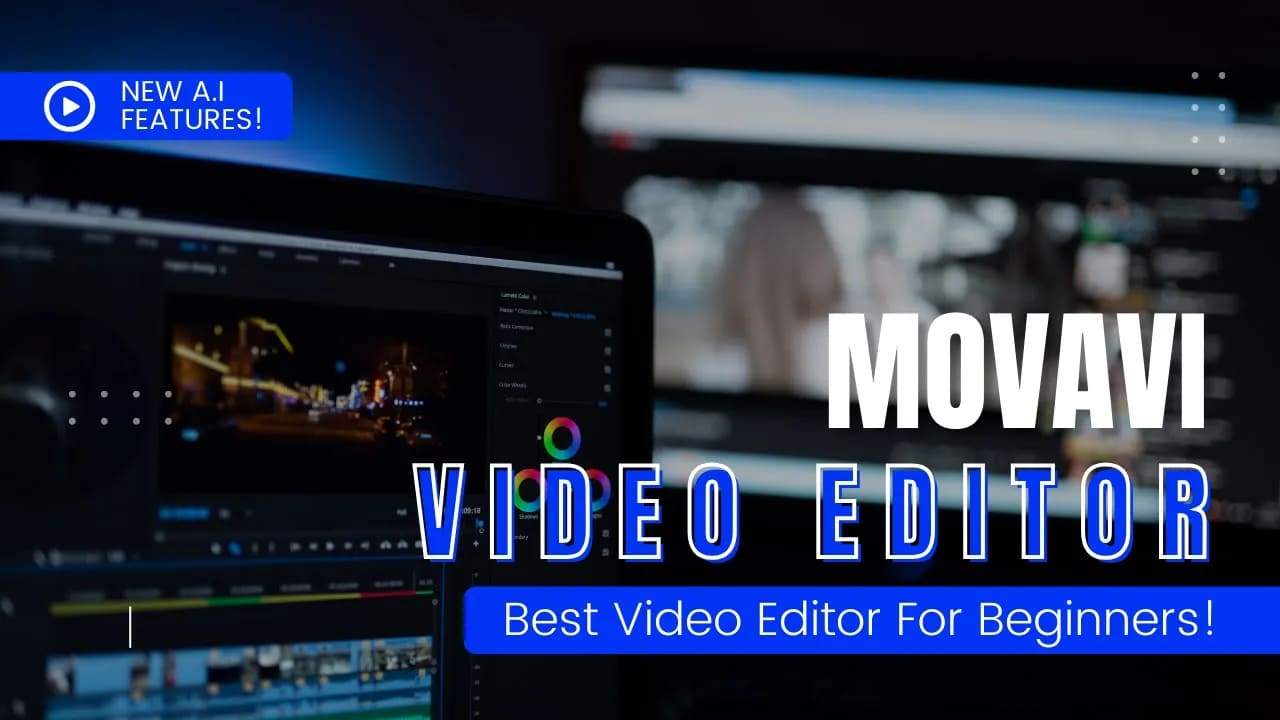U.S. Video Creators Embrace AI Tools Earlier Than Europeans and Favor Horizontal Formats

Movavi has analyzed the behavior of 70 million users across 190 countries to uncover how creators interact with more than 6,000 video effects available in their software. The goal was to identify the most popular tools among video creators, particularly as AI-powered features such as automatic subtitles and background removal gain traction.
According to the study, there are no significant behavioral differences between countries overall. However, U.S.-based users stand out for their faster adoption of new features. On average, American users begin experimenting with new tools several weeks earlier than their European counterparts. Additionally, 43% of videos created in the U.S. are horizontal—substantially higher than the 28% observed in Asian markets. This trend likely reflects the broader use of desktop computers and laptops in the United States.
“Users want to automate routine tasks so they can deal with complicated tools less and focus on the creative process more. That’s exactly what AI tools offer. In the U.S., we see a particularly strong interest in speech-related features like automatic subtitles and background noise removal. These are widely used by both beginners and users with more experience,” says Dmitry Gripak, Product Manager at Movavi Video Editor.
The research also highlighted several peculiar insights into the different tools creators use:
Key Findings:
- Animation is the most commonly used tool among those exploring advanced editing, with 26% of users employing it regularly.
- The slow motion effect is used by 18% of users.
- Picture-in-Picture is applied by 9% of users, appearing on average 12 times per video.
- Noise reduction appears in 8% of all edited videos, particularly in speech-driven content.
- Color filters are featured in 8% of projects. On average, users test around 200 filters per video and ultimately apply about 16.
- Background removal is used in 6% of projects, while video stabilization appears in 2%.
- Automatic subtitles, based on speech recognition, are on the rise—especially in English-speaking countries. In the U.S., these features are used in 15% of projects that include at least one AI-powered tool, compared to an 8% average in other regions.
One noteworthy behavioral trend is the sheer volume of experimentation. Thanks to hover previews, users can test hundreds of effects and filters within minutes to find the perfect look for their videos.
About Movavi Video Editor
Movavi Video Editor is proprietary video editing software developed by Movavi (Movavi Software Limited, Cyprus / Movavi Software Inc., USA). The first version was released in 2004, with a macOS version launching in 2011 alongside its debut in the App Store.
Today, Movavi Video Editor is available for Microsoft Windows 7/8/10/11 (64-bit) and Mac OS X 10.13 or higher. The software is used by over 70 million users in 190 countries, offering access to a library of more than 6,000 video effects.
Movavi has maintained long-standing partnerships with Intel, NVIDIA, and 2Checkout for over 15 years.
Since 2022, the company has actively integrated AI-powered features into its products, enabling users to edit videos more easily and efficiently.
Movavi also offers educational versions of its software—Movavi Video Suite and Movavi Academic—used in thousands of schools and universities worldwide to create video tutorials and digital course libraries, manage remote student work, produce training videos for educators, create promotional content for academic institutions, and more.
Expert Commentary:
Elinor Zucchet (France)
Video project creator for l’UNESCO, Yahoo, Destinia, Expedia, Christian Lacroix, Cacharel, EDF, La Box Fromage, ClimateView, Webselenese et Smartbox, and others.
What we’ve observed matches this data. Slow motion, filters—they help bring emotional weight to video, especially for storytelling. Beginners in particular benefit from presets. Demand for social media integrations and tools that blend automation with aesthetics will grow—especially for vertical formats.
Geoffrey Scott (USA)
Marketing expert, blogger, regular contributor to GoDaddy.com’s Garage Blog, and quoted on major websites like Adobe, Monster, Recruiter, and GlassDoor.
The data speaks for itself, reaffirming a clear global trend: users want to edit videos quickly and make them look amazing. Even beginners are using multiple filters and effects, which shows intentions for raising content quality. With AI tools evolving fast, expectations are shifting. Features like automatic transcription, smart editing, and music generation are becoming the new standard.
Felipe Drumond (Brazil)
Professional video editor, audiovisual teacher, and content producer. He teaches editing on Edição sem Complicação, creates courses for Danki Code, and edits for Nerd Show.
In Brazil, there’s a noticeable trend of creators embracing filters and animations, particularly in short-form social media content. Tutorials, makeup videos, and recipe clips are surging in popularity—all relying on dynamic, eye-catching editing. I see mobile editing continuing to expand, with AI-powered tools further simplifying content creation for beginners. At the same time, experienced editors can leverage these innovations to push creative boundaries even further.





